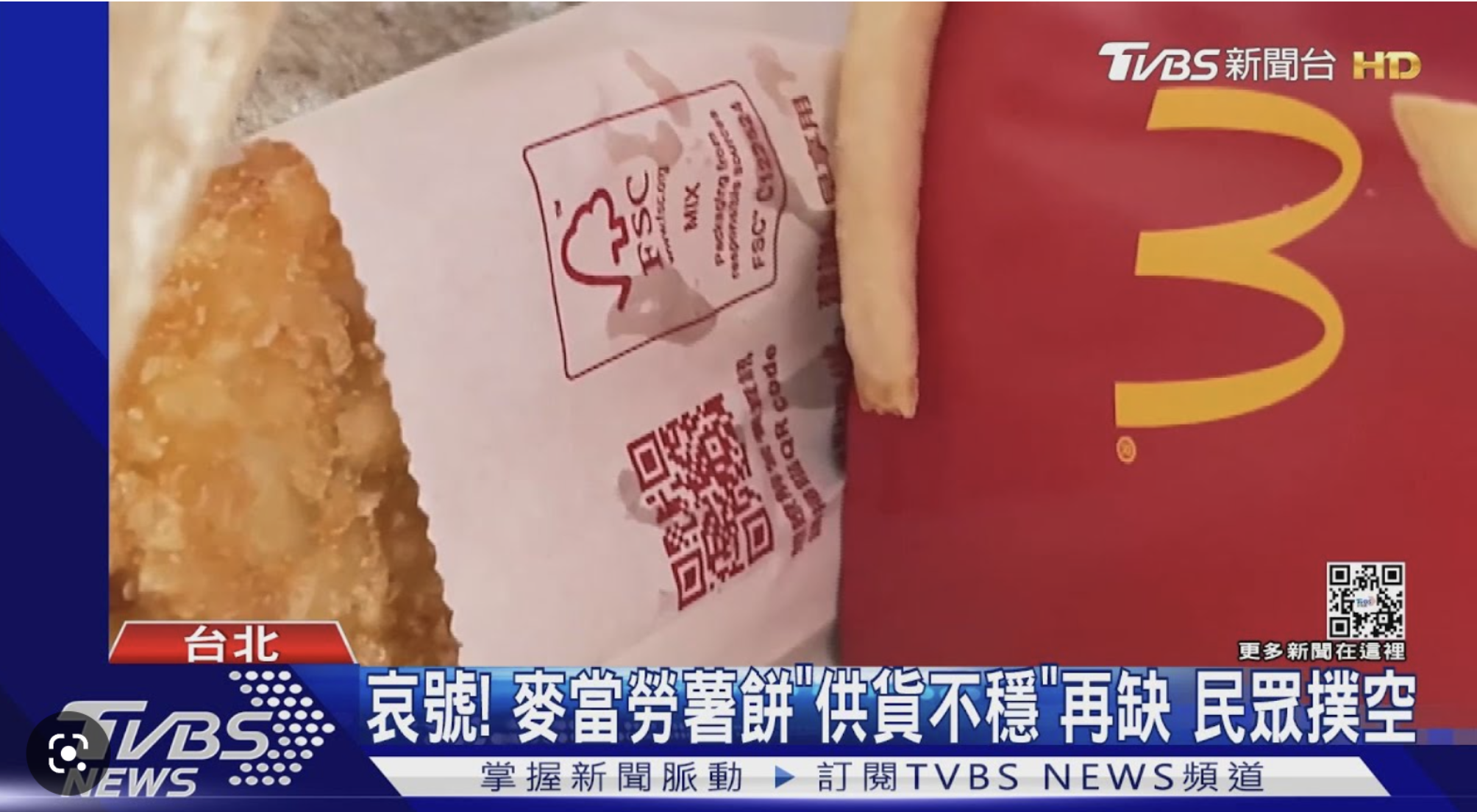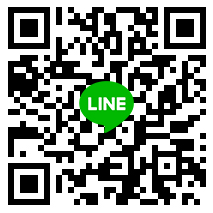2022/06/09 copyright©️ GOLD KEEN INTELLECTUAL PROPERTY OFFICE
A trademark is an important intangible asset of an enterprise. After obtaining a registered trademark, the trademark owner has exclusive rights to it. Registered trademarks can not only help enterprises establish a good business image and improve market competitiveness, but also protect the rights and interests of enterprises and consumers. And what do we often hear about "fair use of trademarks"? That is, it is not bound by the effectiveness of other people's trademark rights.
Article 36 of the Trademark Law
The following circumstances are not bound by the validity of the trademark rights of others:
- Expressing one's own name, designation, or the name, shape, quality, nature, characteristics, purpose, place of origin, or other descriptions of the goods or services themselves in an honest and trustworthy manner consistent with commercial transaction practices is not an act Trademark Users.
- Necessary for the functioning of goods or services.
- Using the same or similar trademark in good faith for the same or similar goods or services before the date of application for trademark registration of another person. However, it is limited to the goods or services originally used; the trademark owner may also require it to add an appropriate distinguishing mark.
Commodities with registered trademarks are traded and circulated in domestic and foreign markets by the trademark owner or persons with his consent, and the trademark owner may not claim trademark rights for the commodities. However, this does not apply to the prevention of deterioration or damage of commodities after they are circulated in the market, or for other justifiable reasons.
1. What is indicative fair use of a trademark?
Indicative trademark means that its trademark itself has become synonymous with a certain product or service in the market, such as: Apple's "Apple trademark". In terms of the use of indicative trademarks, we should still pay attention to the correct use of trademarks to avoid confusion among consumers. For example, some merchants use indicative trademarks in their advertisements to attract the attention of consumers, but at the same time, they also need to be careful not to use the products or services corresponding to the trademarks that do not conform to the advertisements.
Indicative fair use of trademark: Simply put, it is to use another person's trademark to indicate the goods or services of that other person without infringing the trademark rights of others.
Under what circumstances is it not to infringe the trademark rights of others?
For example, if you are a repair shop, you can display the trademarks of major car manufacturers on your signboard to indicate that you can repair vehicles of these brands. Doing so will not make consumers mistakenly believe that you are a direct-operated or franchised repair shop of a certain car factory, and will not infringe on the trademark rights of others, but will be used to explain your service content and characteristics. It is a good faith method in line with commercial transaction habits, and it is also an example of indicative and fair use of trademarks.

2. What is Descriptive Fair Use?
Descriptive trademarks refer to trademarks that can describe the characteristics of goods or services, such as: Coca-Cola's "Coca-Cola" trademark. The use of descriptive trademarks should be noted that false publicity cannot be carried out through trademarks, which may cause misunderstanding or confusion to consumers.
Descriptive fair use of trademarks: Refers to using other people's trademarks to describe the name, shape, quality, nature, characteristics, origin, etc. of one's own goods or services. The use of this method is not the function of using other people's trademarks to indicate the source of goods or services, but purely as a description of the goods or services themselves.
For example, if you are a coffee shop, you can write "Starbucks coffee beans" on your menu to indicate that you use this brand of coffee beans to make coffee. This will not make consumers mistakenly think that you are a branch or franchise of Starbucks, but to explain the quality and taste of your coffee. This is an example of a descriptive fair use of a trademark, and there is no doubt about infringement!
3. Trademark Authorization
I explained above what is the "fair use" of a trademark. If there is a reasonable use, there must be an unreasonable one. Is there such a word as unreasonable trademark use? In fact, no, but in short, he has violated other people's trademark rights! According to the provisions of the Trademark Law, if we use a trademark that is the same or similar to a registered trademark on the same or similar goods or services, it may cause confusion for consumers, unless the original trademark owner agrees. Otherwise, it may infringe the trademark rights of others and suffer civil or criminal liability!
For example: when we report a news about McDonald's, we use the logo of McDonald's logo, which is one of the purposes of fair use. However, if we use the logo of the McDonald's logo in our restaurant, this is not a fair use purpose, and we must obtain the authorization of the original trademark owner to use it!

The methods of trademark authorization include: a. Exclusive authorization; b. Non-exclusive authorization; c. Exclusive authorization, please refer to 👉https://bit.ly/goldkeen56 for details. Authorization registration should be done with the trademark authority. If there is no trademark authorization registration, once the trademark right is transferred in the future, the person who obtains the trademark right can claim that the authorized person has constituted a trademark infringement. After the registration of the authorization, the transferee of the trademark transfer is still bound by the authorization contract - that is, the authorization contract still continues to exist for the assignee.
If you still have doubts about the use of trademarks, you can add Line (ID: @goldkeen) to inquire








